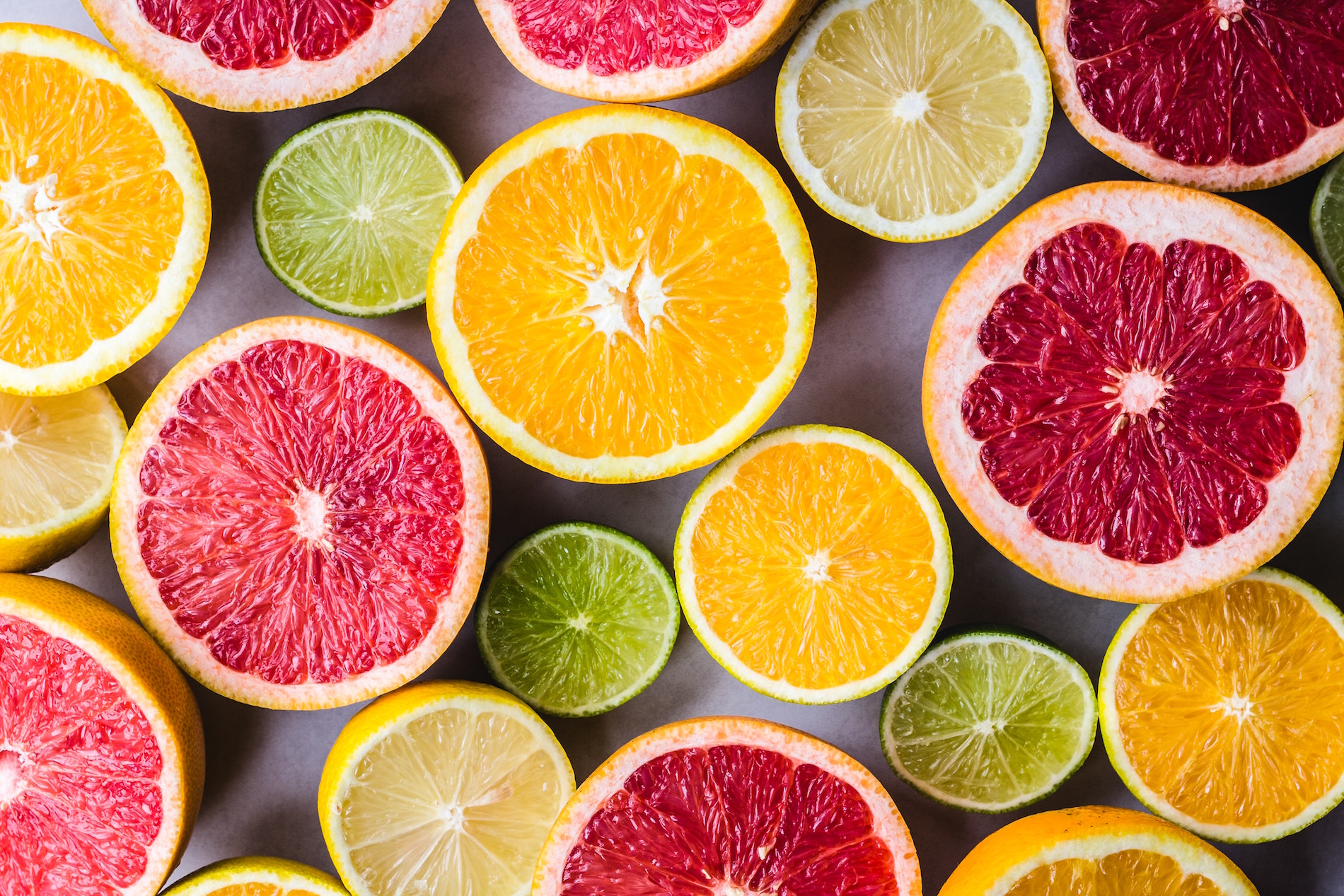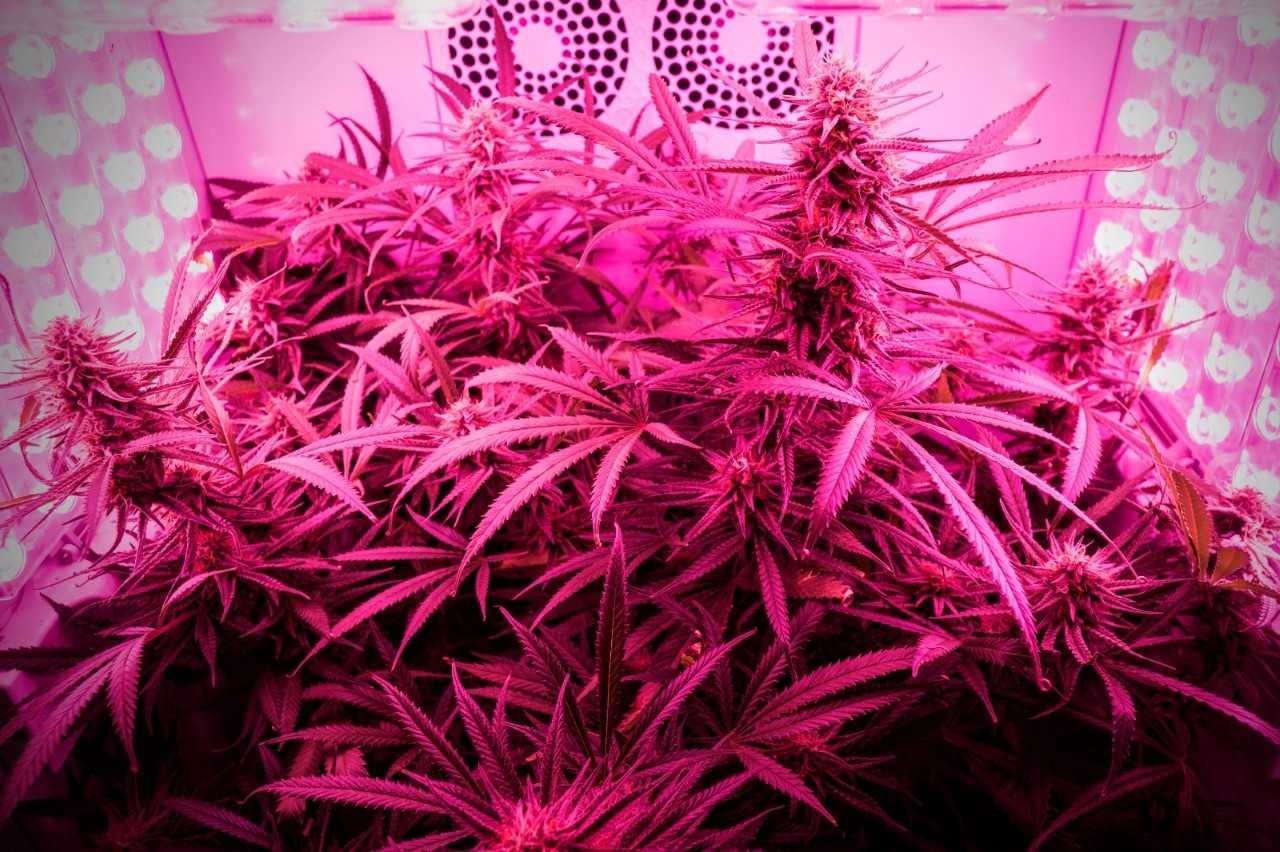Citrus fruits—particularly oranges—are some of the world’s most popular fruits, and as such, they are big business. Healthy, delicious and nutritious, citrus fruits are often valued for the tasty goodness inside, but scientists, economists and manufacturers are starting to see the value in the fruits’ widely discarded peel.
There are about 140 major citrus-producing countries, according to the UNCTAD. And that makes a lot of fruit: FAO estimated the world’s citrus production to about 124 million tonnes in 2016. Brazil is the top producer of citrus fruits in the world each year (20.7 million tonnes), followed by China (19.6 million tonnes), and the US (10 million tonnes).
This huge appetite largely comes down to a global appreciation for citrus juice. Around 44 percent of the world’s citrus yield is peel, which can be broken down and put to a number of inventive and sustainable uses as ‘citrus fibre’.
In fact, the global citrus fibre market is expected to reach $384.6 million by 2023, growing at around 5.3% CAGR between 2017 and 2023 because of increasing demand from the food & pharmaceutical industry. Big players already dominate the market, namely: Fiberstar, Cargill, Dupont and Cremsa.
Here is a more in-depth look at some of the compelling ways the concept of a circular economy is being put to work in the citrus production industry.
Cancer treatments

Australia wastes thousands of tonnes of orange peels each year, but researchers from The University of Sydney, led by Bala Shammugasamy, have been looking into the potential to repurpose this peel into a supplement for cancer prevention.
The health benefits of oranges can be attributed to the bioactive compounds found in citrus fruits. These valuable compounds are most concentrated in the fruit’s most wasted element, the peel.
Citrus bioactive compounds are antioxidant, antimicrobial, anticarcinogenic and antiviral.
A more recent study from Shammugasamy found that citrus peel extracts (CPE’s) contain compounds that can potentially impair tumour growth in prostate cancer cells.
The study states that “citric acid exhibited a higher cell toxicity effect on PC-3 prostate cancer cells than non-cancerous RWPE-1 prostate cells, suggesting specific benefits for cancer treatment. In conclusion, CPE containing citric acid together with various bioactive compounds may be used as a chemopreventive agent for post-therapy cancer patients.”
Fabric

Salvatore Ferragamo x Orange Fiber
Orange Fiber, is a super innovative Italian company creating sustainable fabrics from citrus waste (CW), colloquially known as ‘pastazzo.’
In Italy alone, every year, more than 700.000 tons of ‘pastazzo’ is produced, from orange juice production.
To produce the fabric, Orange Fiber uses “hundreds of thousands” of tons of pastazzo that would have otherwise been wasted.
Using their patented process, Orange Fiber extracts the citrus cellulose from the pastazzo to create a polymer which is then spun into yarn and used to create “refined, ethereal and high-quality fabrics ideally suited to luxury and premium fashion brands.”
According to the company, when used in its purest form, the resulting 100% citrus textile features a lightweight, soft and silky hand-feel, and can be opaque or shiny according to production needs.
Biogas

In recent years there have been multiple studies around the potential for CW to be used as biogas — a gaseous material produced during anaerobic digestion of organic compound — once the inhibitory D-limonene compound has been removed.
“Biogas holds wide applications such as fuel for electricity, car, cooking, lightening, and heating. Among these applications, conversion of orange peels wastes into fuel is attractive, since it gives benefits in terms of both energy recovery and environmental aspects. Orange peel waste contains both soluble and insoluble carbohydrates that can be digested to biogas,” states a study from Rachma Wikandri et al in an international biomedical research journal.
A feasibility study in Iran on Biofuel production states that in the country, the ethanol and biogas produced from CW is estimated to be 26.98 million litres and 37.08 million m3, respectively. It also claims that Iran also has the potential to produce 93277–179283 tons of bio-oil.
Buenos Aires-based Citrusvil, one of the world’s biggest lemon exporting firms, invests in state-of-the-art techniques to eliminate waste, curb pollution and recycle farming byproducts. The Argentinian company, which produces about one-third of all lemon juice concentrate sold worldwide, turns fruit remains and processing waste into fertilizer and enough biogas to partly fuel one of its two processing plants.
In Sicily, Citrus waste products are used to make biogas which is converted into electricity. Farmers also use it to feed cattle or as a fertilizer.
A recent study found that, “in Sicily its possible to obtain, through the use of “pastazzo”, a yearly production of 12,916,800 m3 ca. of biogas, equal to 24,250,930 kWh of electric energy and 25,463,477 kWh of thermal energy or 6,200,064 m3 of biomethane.”
High-fibre bread

Italian researchers have found a way to create high-fibre wholemeal durum wheat bread using citrus fibres from blood orange and lemon peels.
As previously mentioned, the Italian juice industry produces hundreds of thousands of tons of ‘pastazzo’ every year.
According to the study, this can be washed and purified to obtain citrus flour rich in dietary fibre, which can be added to food products.
Published in Frontiers of Nutrition, the study found “the addition up to 2% of blood orange and lemon fibres in wheat whole durum flour is a possible strategy to produce ‘high fibre’ bread”.
The findings concluded that the addition of citrus flour to bread products could help increase consumers’ dietary fibre intake, reduce citrus processing waste, and could lead to bread with a long shelf life.
Plant-based meat

Methyl Cellulose is an important component used by a lot of the companies producing plant-based alternatives to meat and is used by high-profile brands including Beyond Meat, Impossible Foods and Nestlé’s new Awesome Burger.
It is a combination of agar, native starch and psyllium and is used as a binder in plant-based meat products to hold them together while cooking.
To form a binding gel from Methyl Cellulose it must be heated with a caustic alkali solution and treated with methyl chloride — meaning that the product is highly processed, often one of the biggest downsides of plant-based foods.
Gel emulsion with moisture control properties is also a critical component in making ‘fake meat’ convincing as it aids in creating the texture and juiciness we associate with real meat.
However, citrus fibre has properties that make it an appealing alternative to methyl cellulose.
Fiberstar, a privately-held US-based biotechnology company, is harnessing CW’s potential to enhance food products. Its largest brand, Citri-Fi, is an all-natural highly functional fibre produced sustainably from the citrus cell wall using a patented process.
Their product is non-allergenic, neutral in taste & odour and non-GMO. It can be used in meat, dairy, baked goods, gluten-free food, condiments, frozen food and health & wellness food products through textural improvements, or nutritional enhancements. It is also more cost-effective than highly processed non-natural alternatives.
The company states that their products’ multiple natural functionalities aid formulators in fat, sugar and egg reduction, fibre contribution and synthetic ingredient replacement. This is while being able to deliver the binding and moisture retention properties that is needed when producing fake meat.


